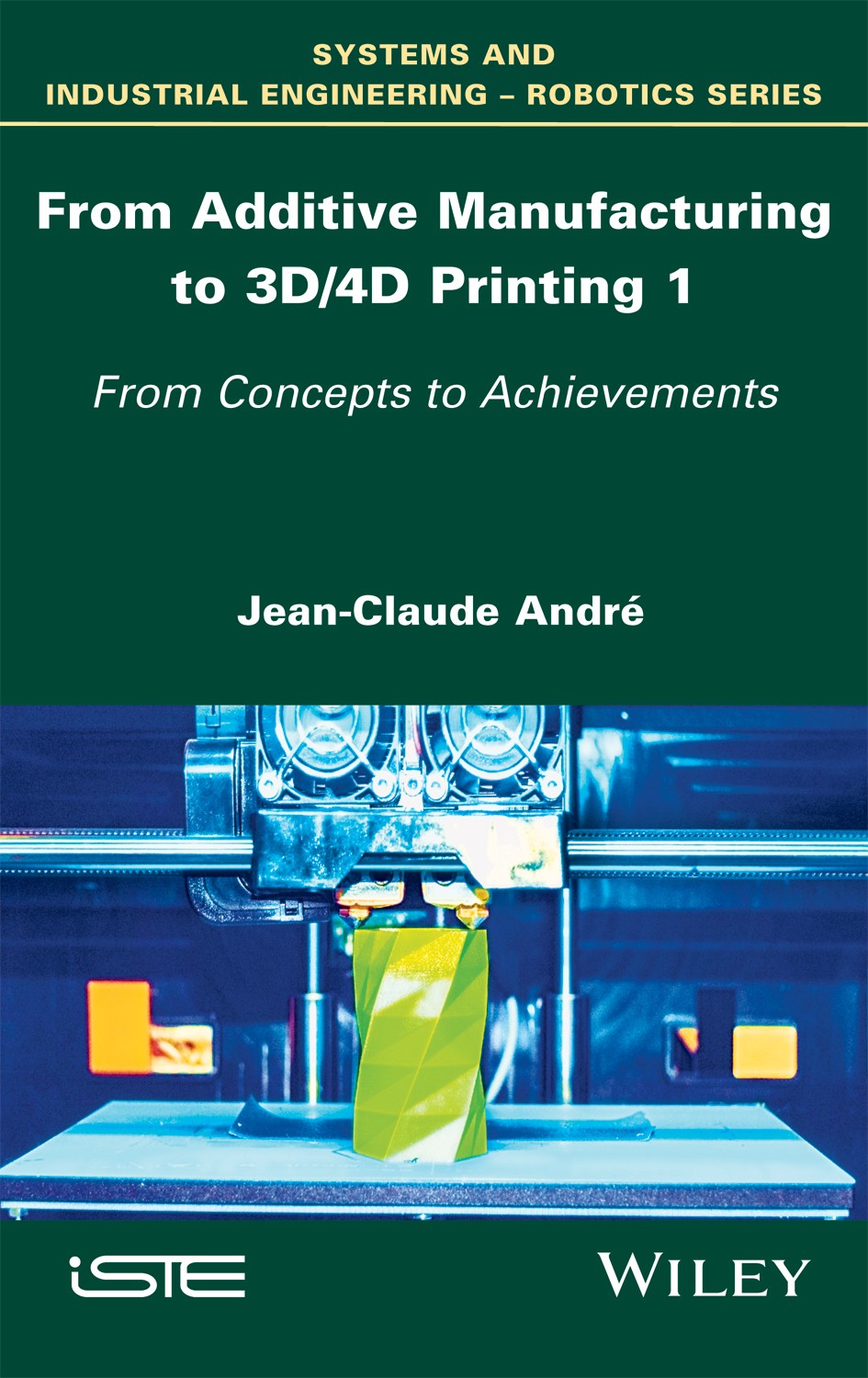
In 1984, additive manufacturing represented a new methodology for manipulating matter, consisting of harnessing materials and/or energy to create three-dimensional physical objects. Today, additive manufacturing technologies represent a market of around 5 billion euros per year, with an annual growth between 20 and 30%. Different processes, materials and dimensions (from nanometer to decameter) within additive […]
In 1984, additive manufacturing represented a new methodology for manipulating matter, consisting of harnessing materials and/or energy to create three-dimensional physical objects.
Today, additive manufacturing technologies represent a market of around 5 billion euros per year, with an annual growth between 20 and 30%.
Different processes, materials and dimensions (from nanometer to decameter) within additive manufacturing techniques have led to 70,000 publications on this topic and to several thousand patents with applications as wide-ranging as domestic uses.
Volume 1 of this series of books presents these different technologies with illustrative industrial examples. In addition to the strengths of 3D methods, this book also covers their weaknesses and the developments envisaged in terms of incremental innovations to overcome them.
Part 1. From Spectacular Applications to the Economic Market of Additive Manufacturing
1. Some Significant Examples.
2. Integration of Additive Manufacturing Technologies into Society.
Part 2. 3D Processes
3. Processes, Machines and Materials.






